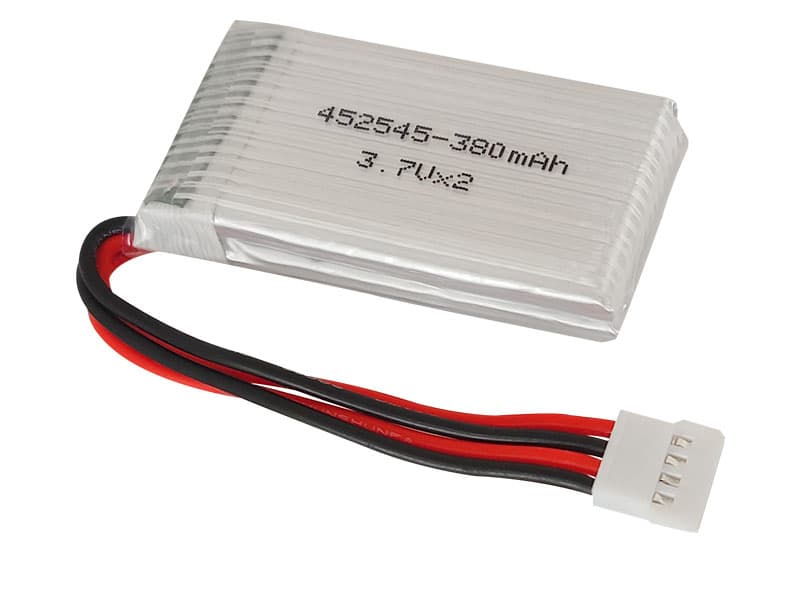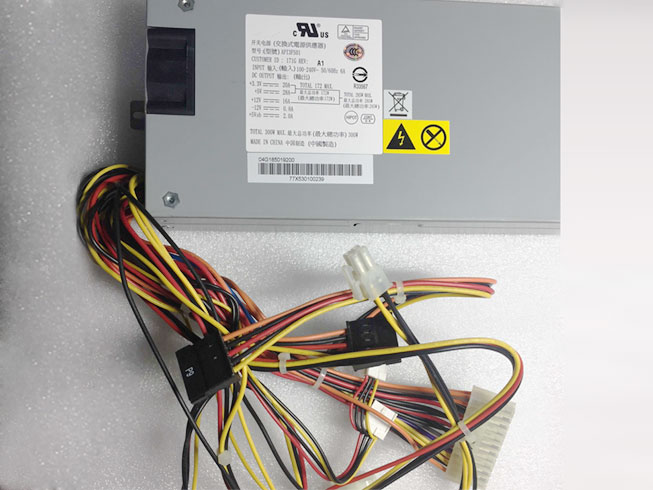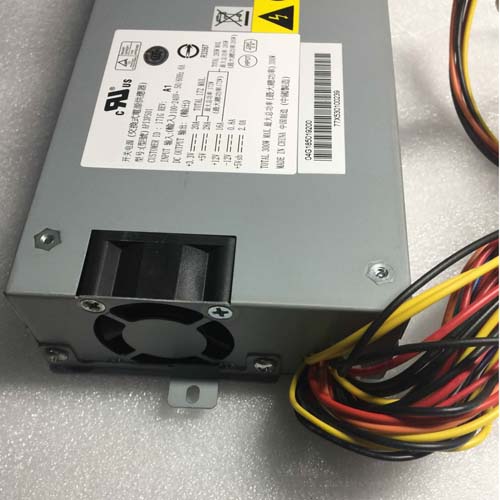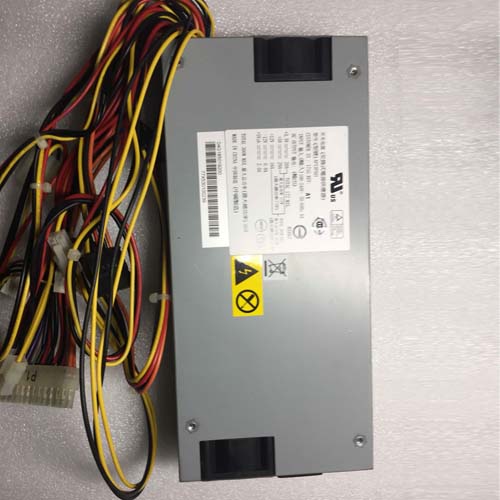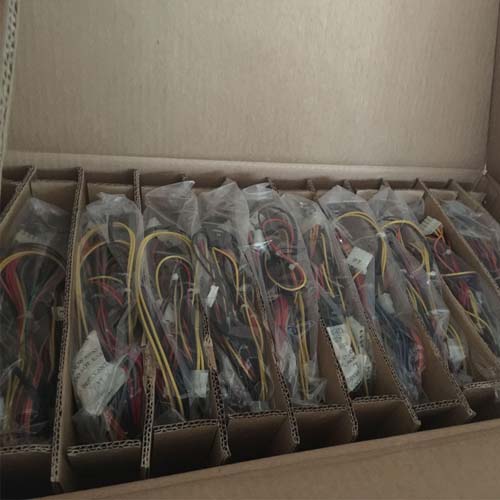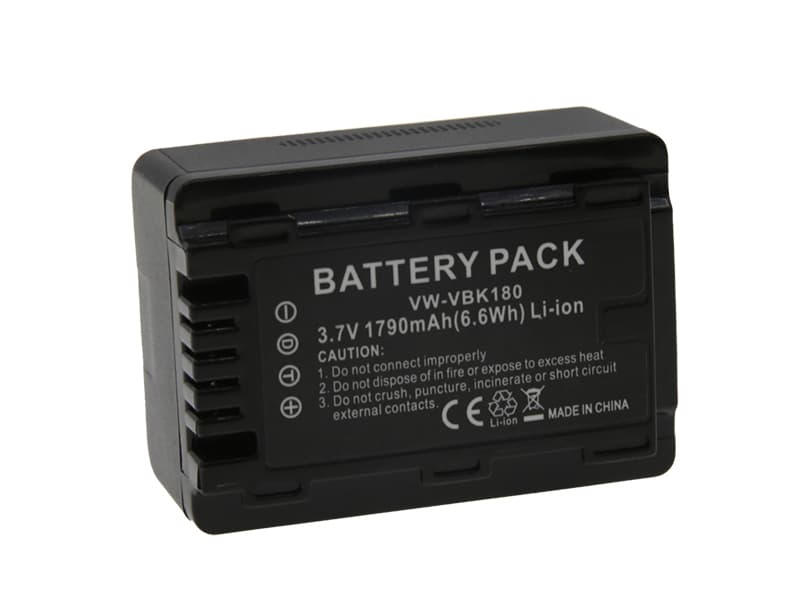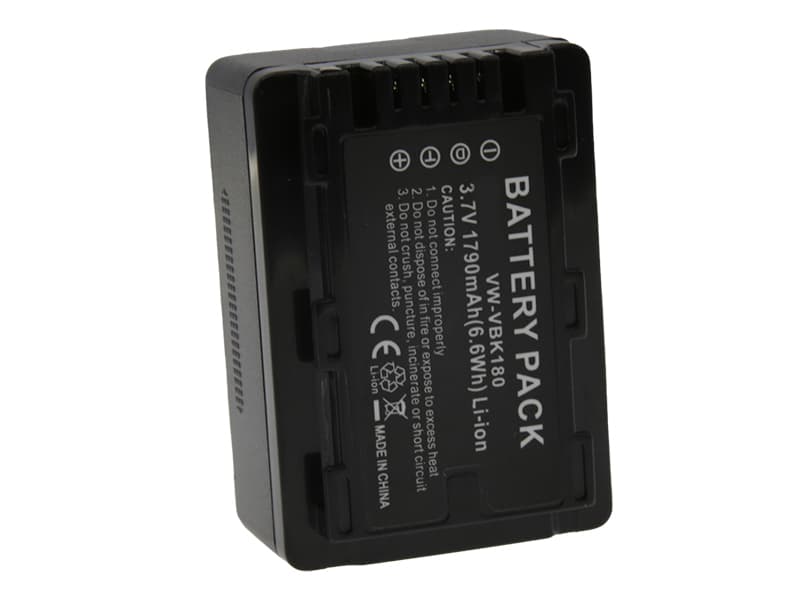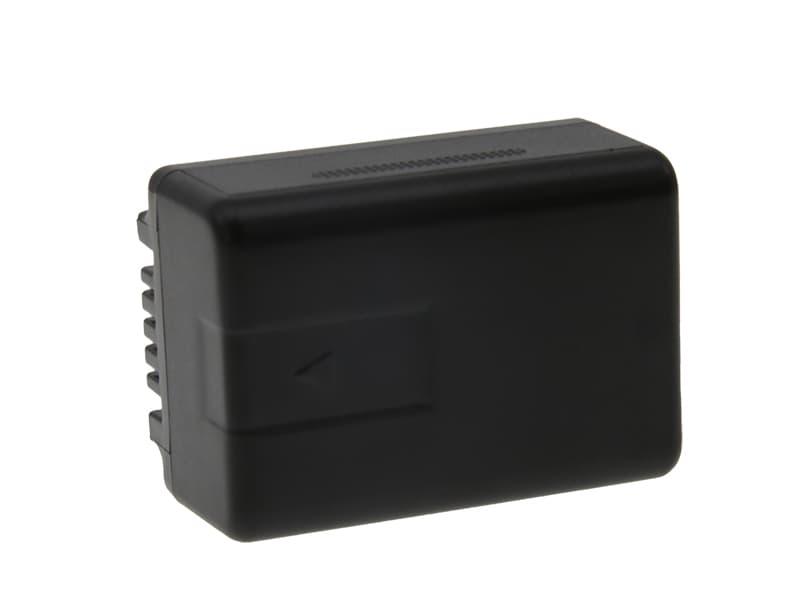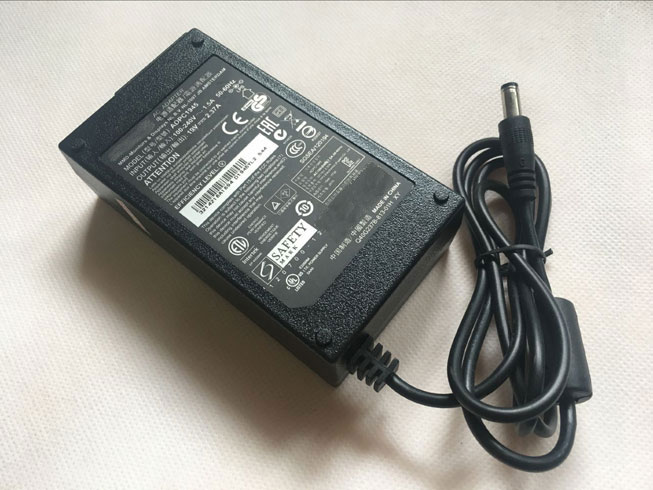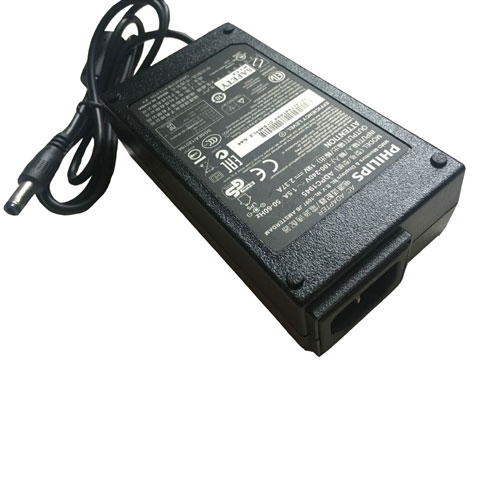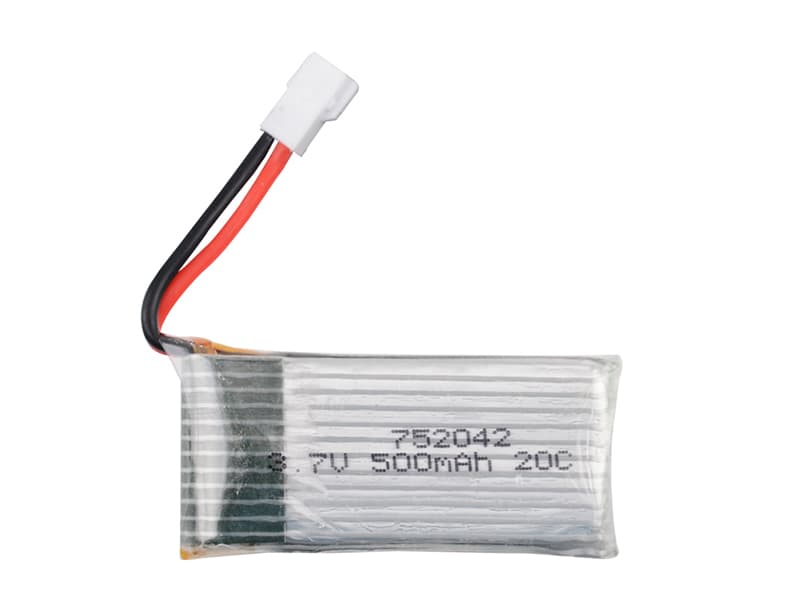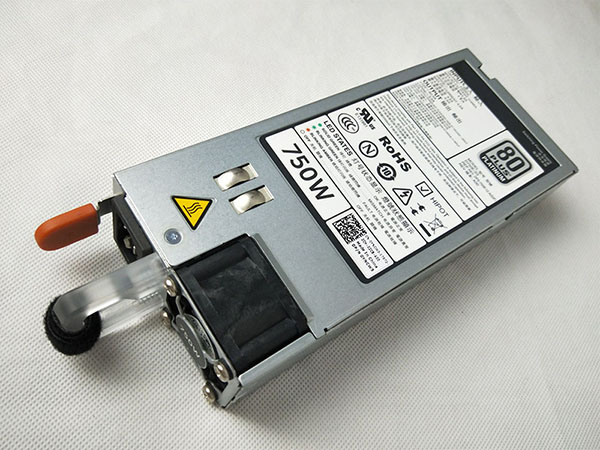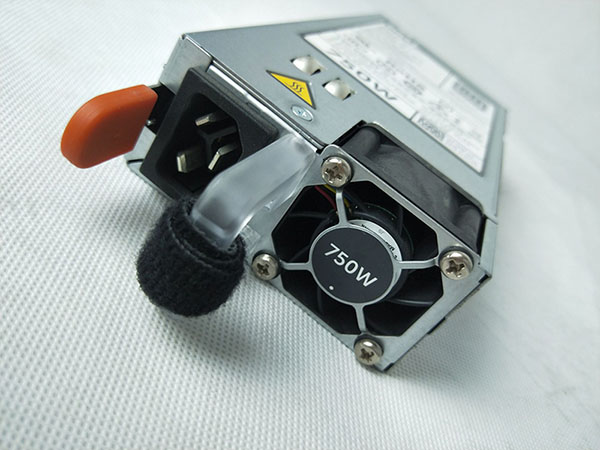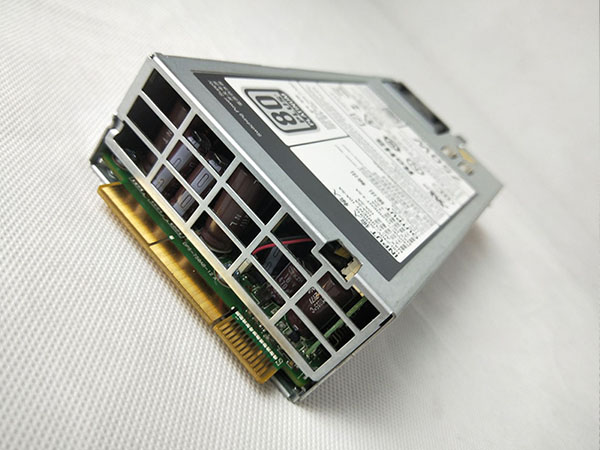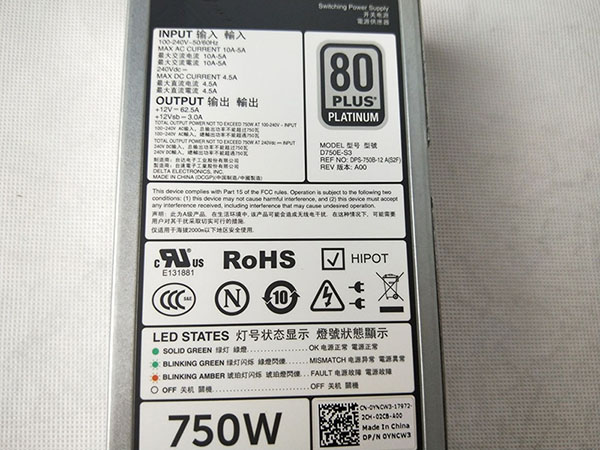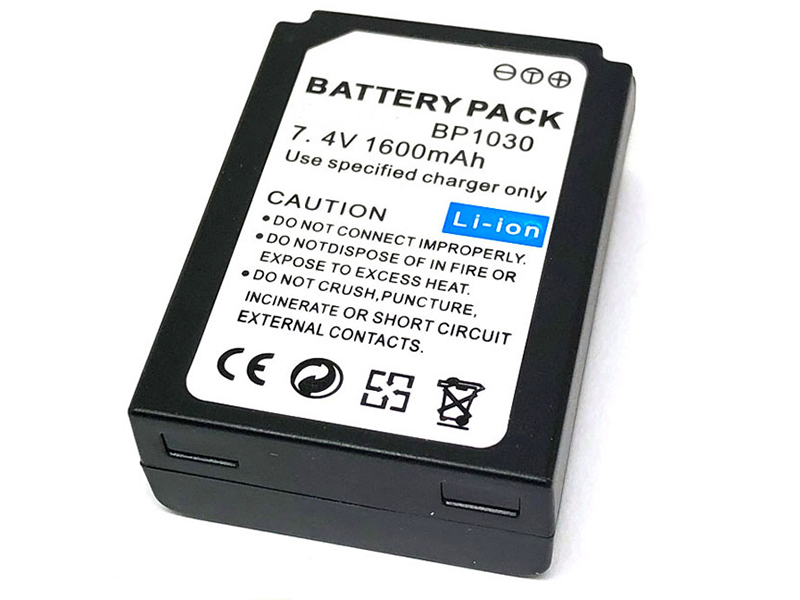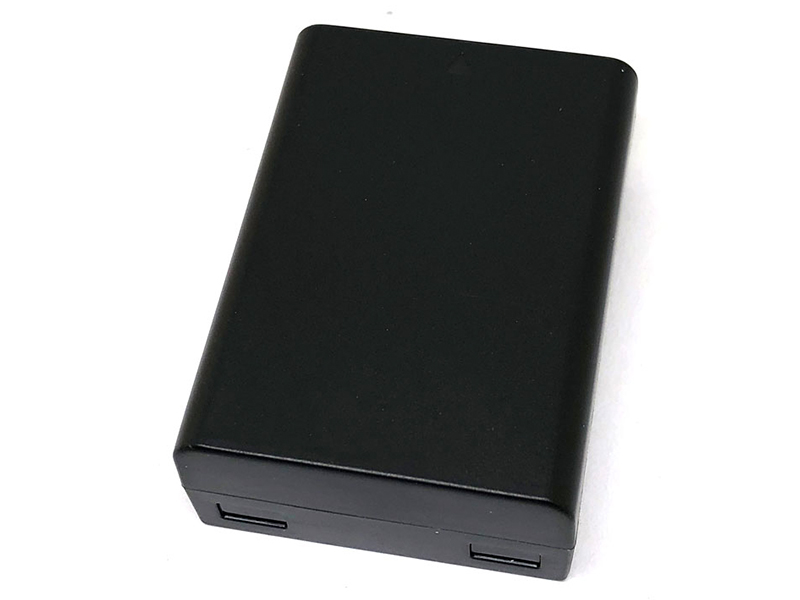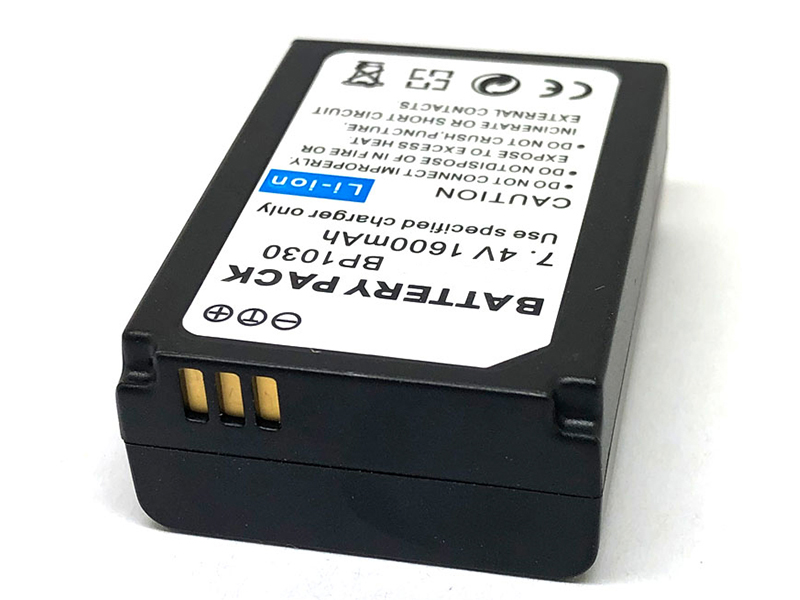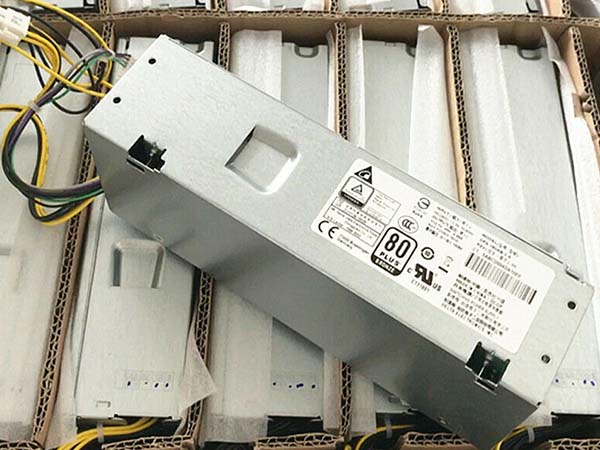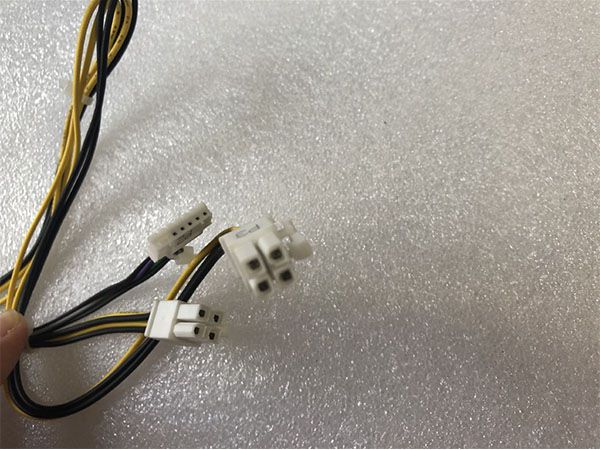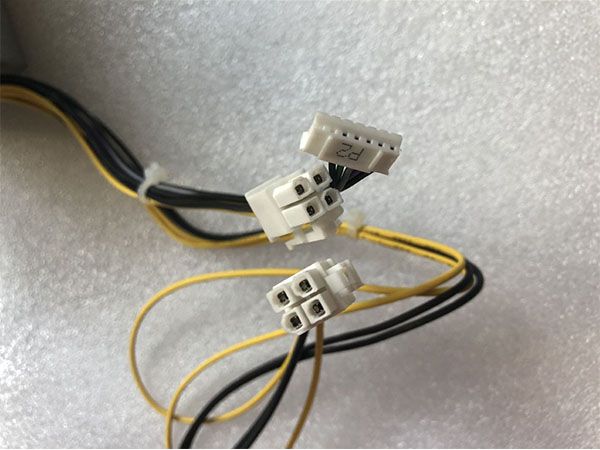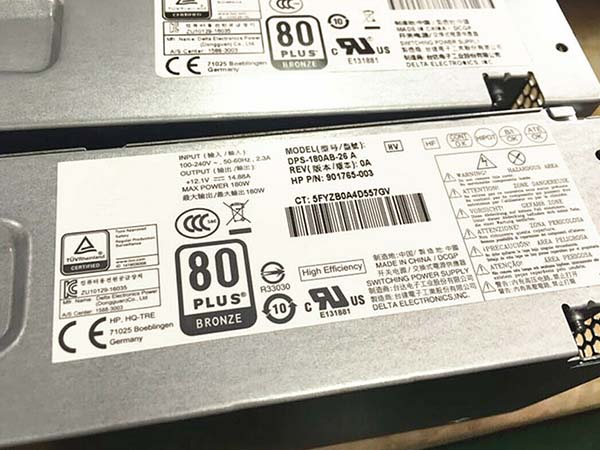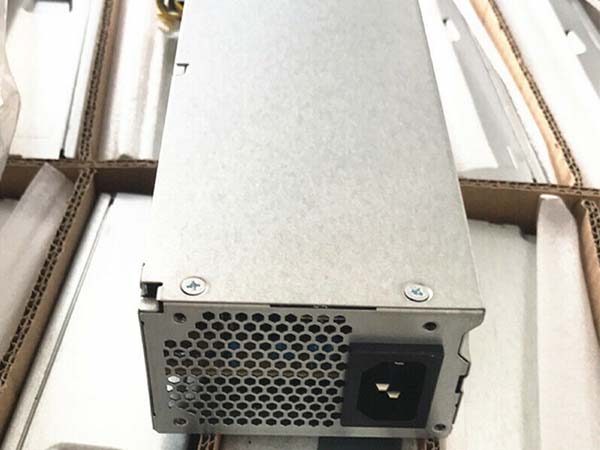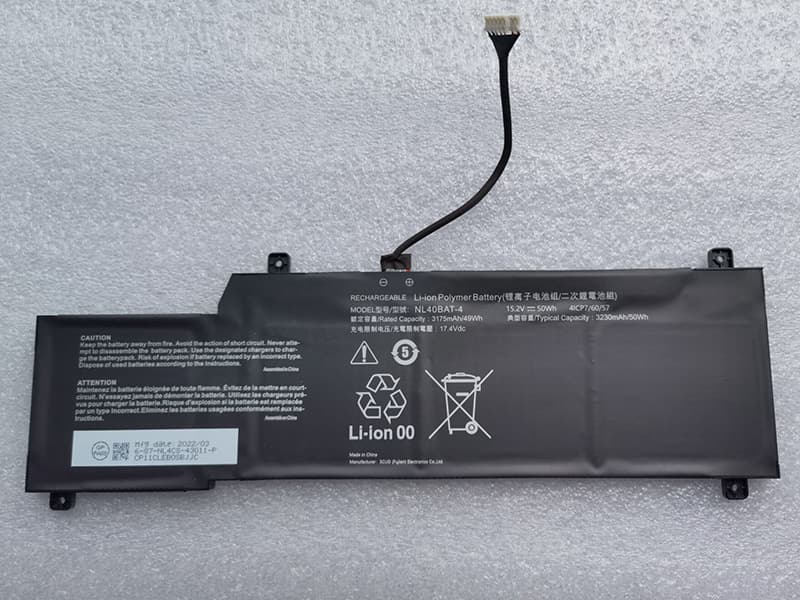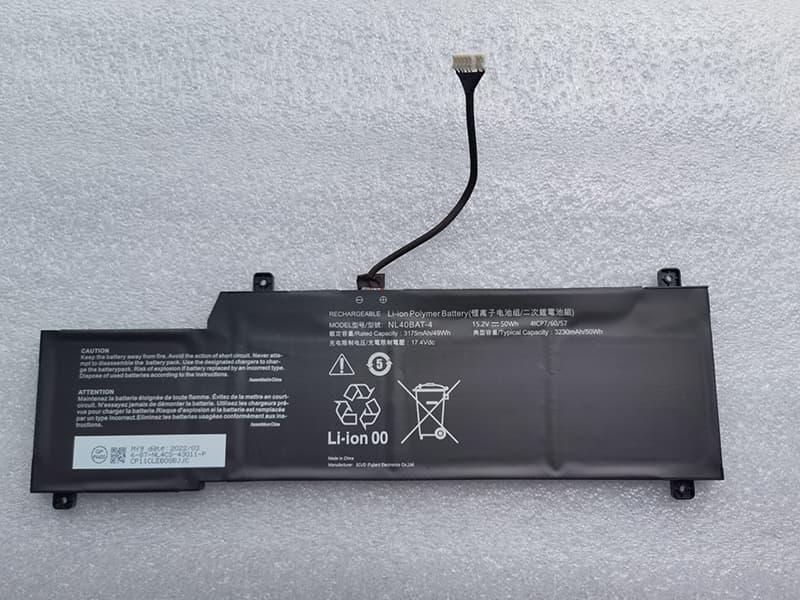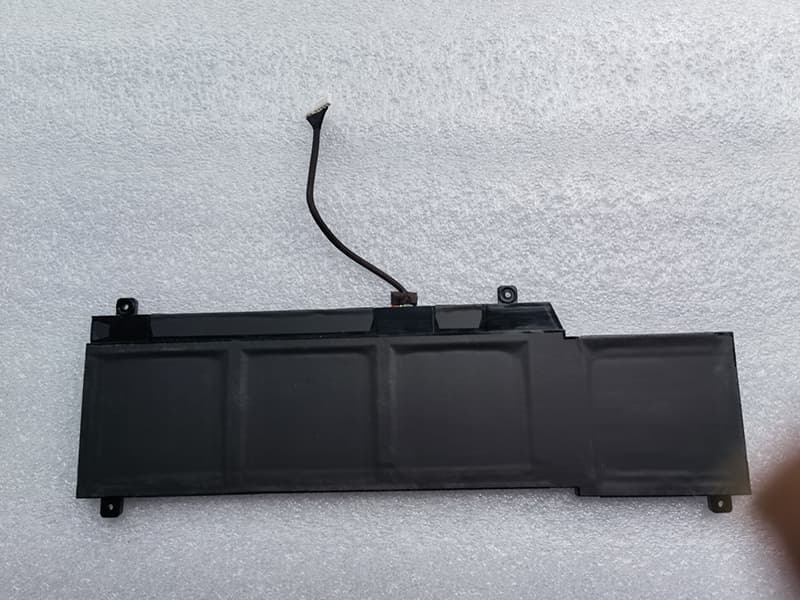Wholesale and retail laptop AC Adapters Sony ACDP-003 Laptop AC Adapter 19.5V 4.35A/4.4A 85W. Replace the new charger for Sony LCD TV. Order online on uk-online.co.uk and Fast Delivery!
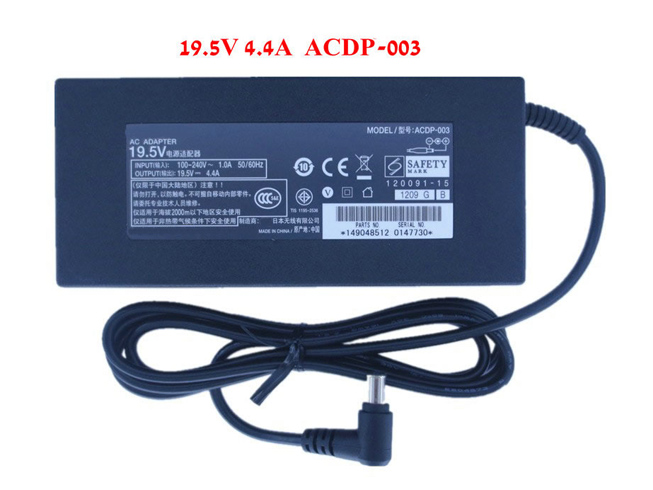
SPECIFICATIONS
Input: 100-240V~2.25A 50-60Hz
Output: 19.5V 4.35A/4.4A 85W
P/N
ACDP-003
Compatible Models

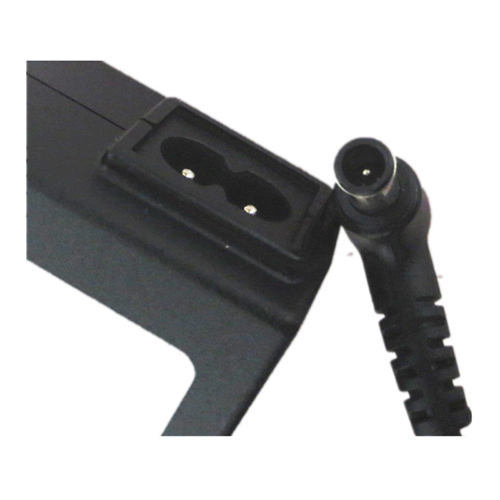
ACDP-003 power supply
US: Sony ACDP-003 power adapter
NZ: Sony ACDP-003 power adapter
IT: Sony ACDP-003 caricabatterie
UK-Online.co.uk was established to serve the needs of laptop users, and today we are one of the top e-retailers.
Get a great deal on electronics when you shop on localhost . Choose an iPad, TV or laptop, headphones, PS4, Xbox One and more. Offers on mobile phones and cameras.
We’re passionate about what we do and it’s our mission is to bring you the best deals in the UK from all the leading brands, whilst also offering the best possible advice through our specialist trained sales team who collectively have over 10 years experience.
Parrot 4C003830 replacement battery for Parrot ZIK One Zik 1.0 Bluetooth Headphone,
Rating: 800mAh/2.96Wh 3.7V,
SKU: ECN11496_Head_Oth
FUJI CR8-LHC replacement battery for Toto Flush Valve w/Plug JAPAN FUJI FDK CR8 LHC 17450 3V,
Rating: 2600 mAh 3v,
SKU: ECN11880_PLC_Oth
Dell M4600 Laptop Battery for Dell M4600 M4700 M4800 M6600 M6700 M6800,
Rating: 112Wh 11.1V,
SKU: DEL19M472
SHARP BY-7SA25 replacement battery for SHARP BY-7SA25,
Rating: 2500mAh/63Wh 25.2V,
SKU: SHA21MA1390_Oth
HP NB02XL Laptop Battery for HP 726241-2C1 726596-001 HSTNN-DB5K,
Rating: 28Wh 7.4v,
SKU: HPQ10X74
Canon NB-10L replacement battery for CANON PowerShot SX40 SX50 SX60 G1X G15 G16,
Rating: 1200mAh 7.4V,
SKU: 20IV1248_Oth
HP TE03XL Laptop Battery for Hp Pavilion 15 UHD,
Rating: 61.6Wh 11.55 V,
SKU: HPQ2747
NEC PC-VP-WP88 Laptop Battery for NEC LL590LG LL570LG,
Rating: 4800mah 14.8V,
SKU: NEC3049
NUBIA Li3904T44P6h282455 replacement battery for NUBIA SW1003 watches,
Rating: 425mAh/1.63WH 3.85V,
SKU: 22LK340_Oth
Maxwell BCAP3000 replacement battery for Maxwell K2 2.7V 3000F+Connecting piece super capacitor G721 XH,
Rating: 2.7V,
SKU: ECN10552_Oth
